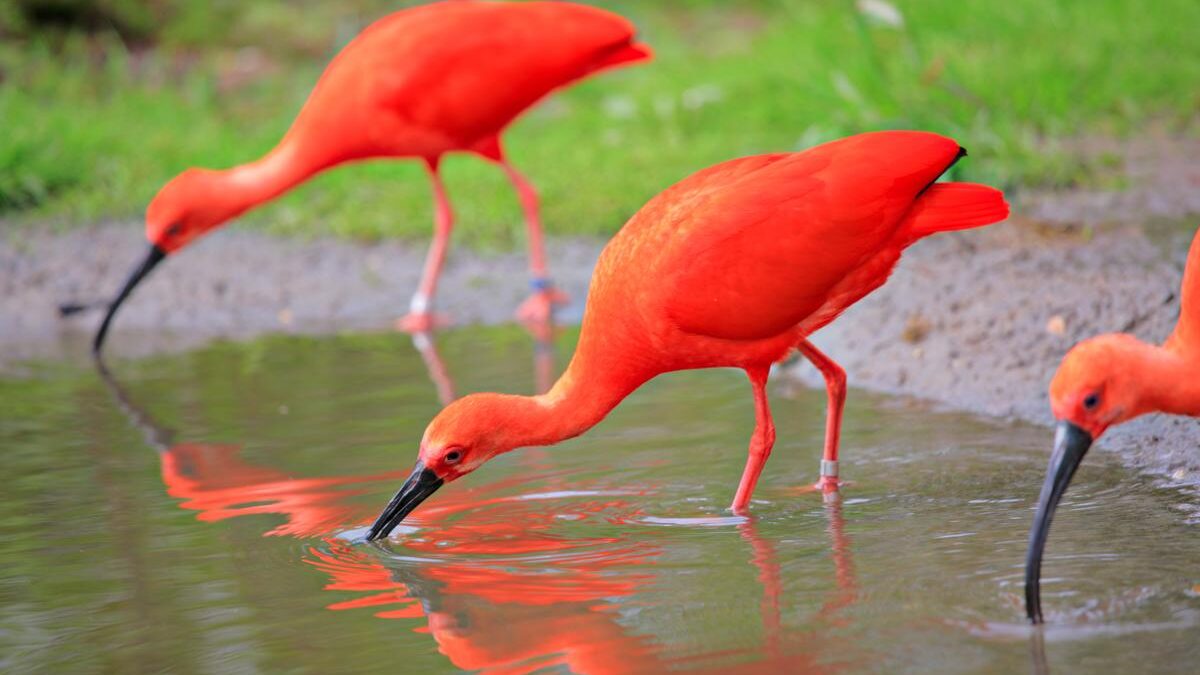The Zoo in Paramaribo Suriname

The zoo is adjacent to the Culture Garden and is located in Paramaribo.
The Culture Garden was established during Dutch Colonial rule around 1897. On the grounds of a plantation, exotic plants and trees were tested to see if they could survive in the climate of Suriname. Well-thriving plants and trees were planted on plantations. Paramaribo Zoo was created by initiative of Prime Minister Pengel, on May 28, 1966 he established the Zoo Foundation. The zoo opened in 1972.
Fortunately, the zoo received support from the Rotterdam zoo ´Dierengaarde Blijdorp´, because in the 1980s a large number of animals were lost and in the 1990s the number of visitors also declined. In 2004, Blijdorp and the Artis Zoo organized a benefit evening to support the zoo in Suriname.
The wife of President Roland Venetiaan laid the foundation stone for the so-called anniversary renovation during the 40th anniversary celebration on May 28, 2006. Since 2020, the zoo has been undergoing a transformation into a flora and fauna center that focuses on raising awareness of the importance of a clean, healthy environment.
In May 2020, children can also use the Werephai Miniwater Park at Paramaribo Zoo in addition to admiring the rock formations and hills, which mimic the sight of Kwamalasemutu, children can walk, slide and swim outside and through a tunnel. There is also a kitchen where you can get tasty refreshments.
This project came about through the financial support of The Kingdom of Morocco. Also through the cooperation of the Ministry of Public Works, Transportation and Communications OWT&C. Energy Company Suriname, Suriname Water Company and the Ministry of Foreign Affairs. In addition, Hesdy Mertowirio who specializes in replicating rock formations and tree trunks ensured that you get the feeling of being at Kwamalasemutu.
In addition to the water park, children can also enjoy the education center and the various animals. Animals that populate the Paramaribo Zoo include various species of Surinamese monkeys, snakes such as the boa constrictor, jaguar, caiman, and anaconda, and bird species such as the rhodjaguare ibis and the king vulture.
